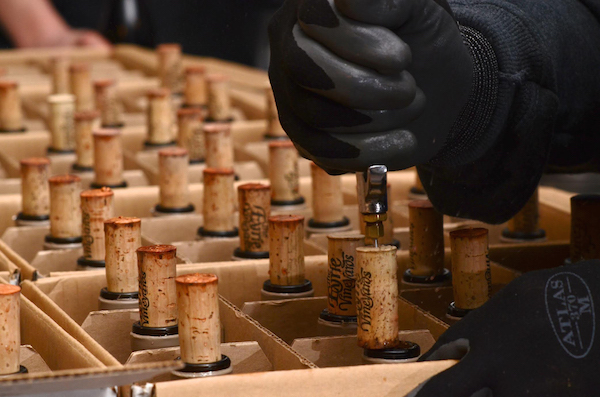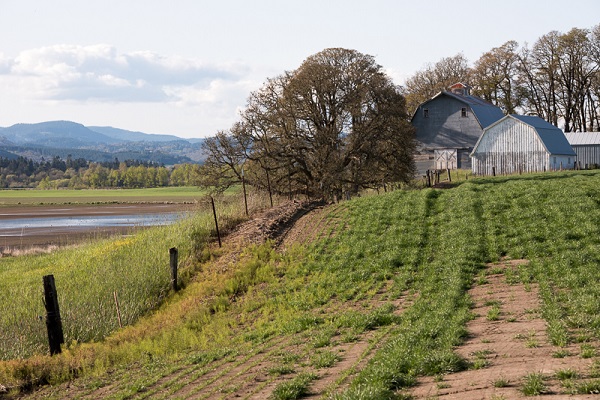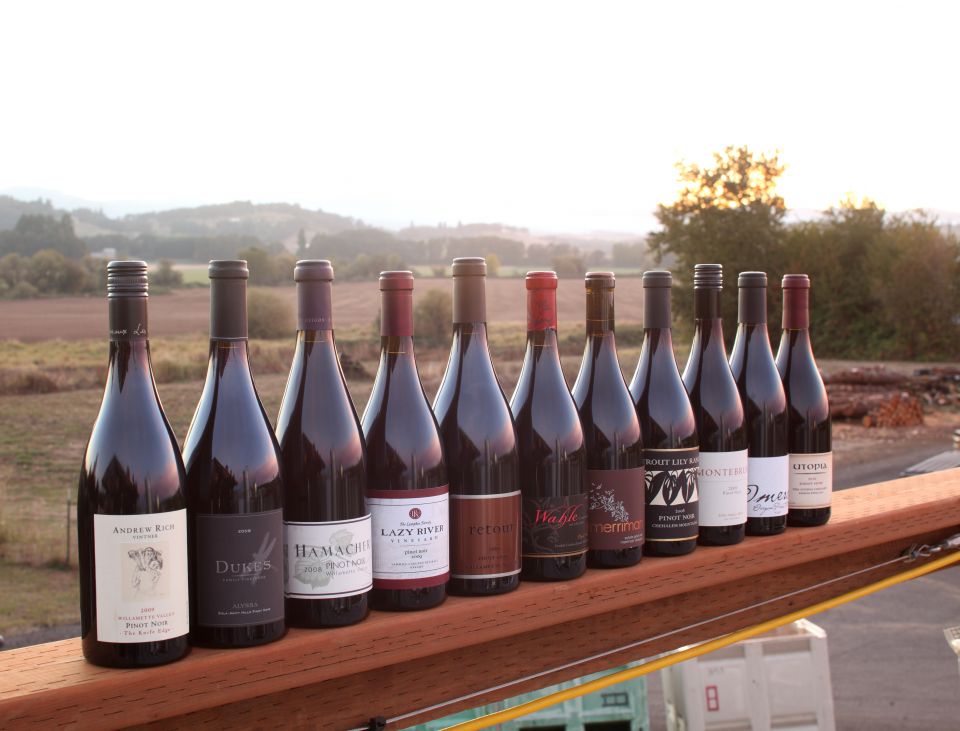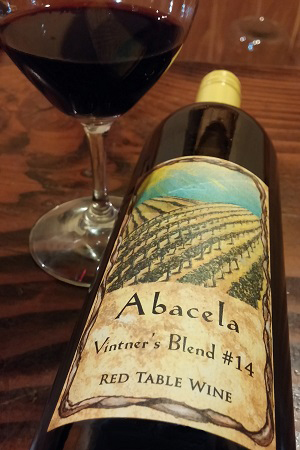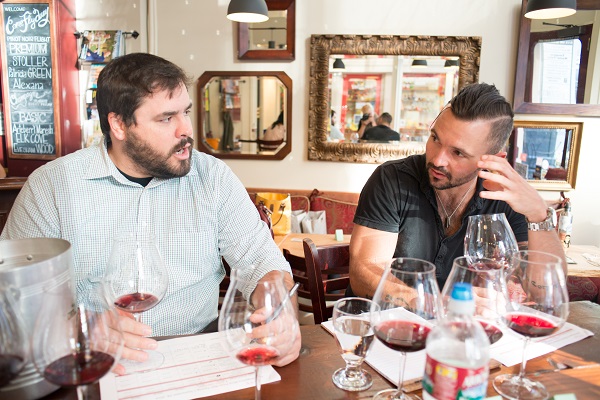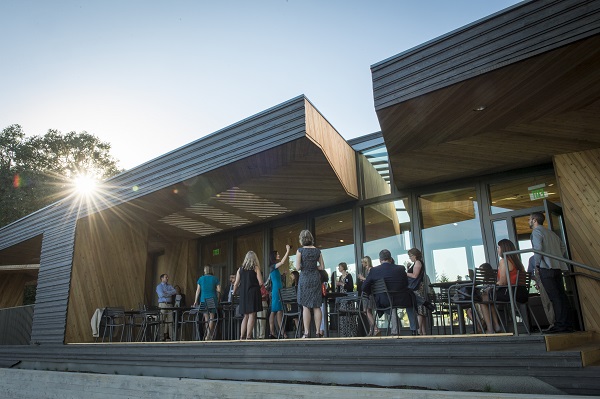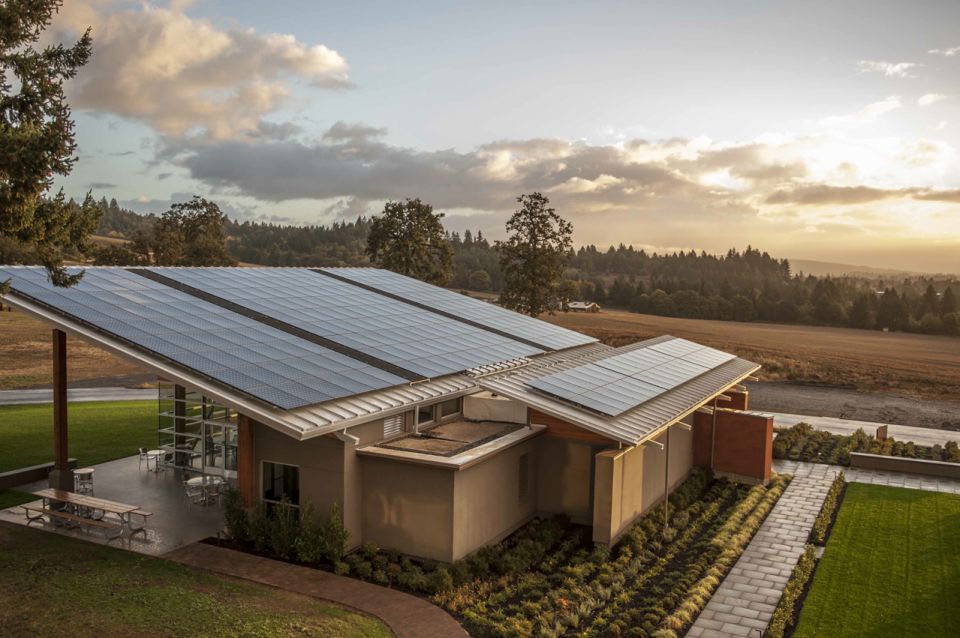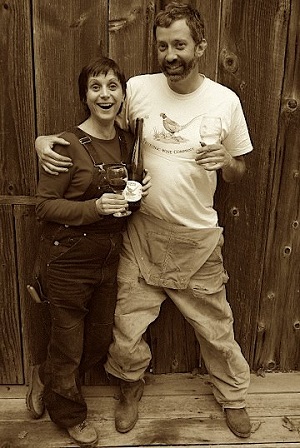Wine Aging
There are those of us who have indulged in the fantasy of having a personal wine cellar. One that’s full to the rafters of dusty old wine bottles. Next comes the anxiety of how long we would age each one until it’s coaxed into perfection, and the fantasy becomes overwhelming and drifts away. While not all wines are made for aging, the ones that are made to age likely don’t need the years of storage or the precise conditions we fret over to reach their full and delicious potential.


